Russia is the biggest country by land area, despite losing substantial territories a few decades ago. This massive country spans 6.6 million square miles of territory across 11 time zones from the Baltic Sea in the west to the Pacific Ocean in the east. How did Russia get so big, and will it get bigger? Let’s find out.
The Viking Spirit

Ukraine’s trident emblem commemorates three brothers who arrived in a boat before founding Kyiv.
©Kabardins photo/Shutterstock.com
Surprisingly, Russia didn’t start in what is now Russia, but in Ukraine. According to legend, in AD 482, three brothers sailed down the Dnieper River and founded the city of Kyiv. Ukraine commemorates this event with the trident national symbol that visually represents the brothers in their boat. In the 9th century, Vikings made their way down the rivers in the region and conquered Kyiv. It became the capital of a country known as Kievan Rus, with “Rus” being a name for the Viking tribes in the area. It covered much of the territory that would later become Ukraine and western Russia. From the Vikings, the Russians inherited a spirit of exploration and expansion.
Russians Learned from the Mongol Conquest

Ghengis Khan founded the Mongol Empire, which conquered Eurasia in the 12th-13th centuries.
©vkilikov/Shutterstock.com
Kievan Rus was constantly vigilant against attacks by nomadic people of the eastern wilderness and steppes. This vulnerability was made more difficult by infighting among Kyiv’s royal family, which left them unable to resist the Mongol Golden Horde when they invaded in the 13th century. Kyiv and other leading cities declined while Muscovy (Moscow) grew as a central power hub. Russians developed a census and postal system, roads, and military strategy while under Mongol occupation, as well as a deep distrust of outsiders.
Russia Searched for Natural Borders and Ports

Russia expanded across the
Siberian
taiga until it reached natural barriers, such as the Altai Mountains.
©Valerii_M/Shutterstock.com
Countries often have expanded until they reached some natural, defensible border such as a major river or mountain range. Russia is located on a vast plain that stretches from northern France across most of northern Eurasia, interrupted only by the Ural Mountains, which are as low-lying as the Appalachians. Russia expanded until it reached defensible borders or militarily strong countries. From 1582-1650, they explored and conquered the northern 1/3 of Asia. From 1785-1830, they took over the area between the Black and Caspian Seas. And from 1847-1895, they built forts further and further south until they had conquered Central Asia up to the mountainous borders of Iran and Afghanistan. The borders with China were formed by the Altai Mountains and the Argun and Amur Rivers.
In addition to defensible borders, Russia also sought warm-water ports that were ice-free year-round. These were important not only for military purposes but to facilitate international trade. They fought wars with Sweden and the Ottoman Empire to gain access to Baltic and Black Sea ports. Likewise, they encroached on China to take the port of Vladivostok, as far south on the Pacific coast as they could reach.
Overreaching and Backtracking
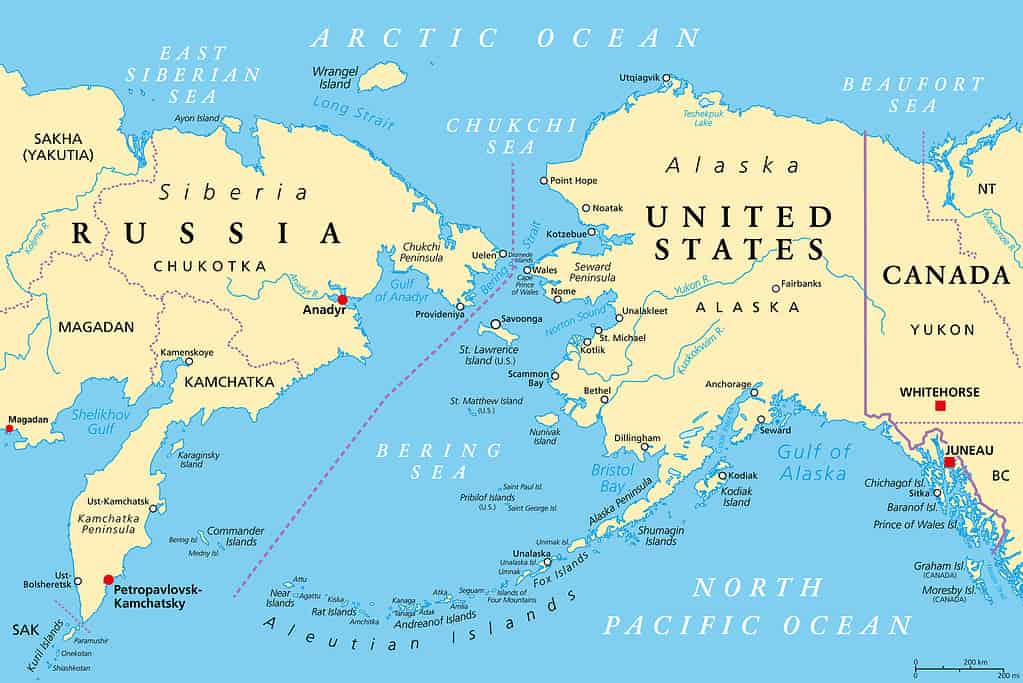
The United States bought Alaska from Russia for 35 cents an acre.
©PeterHermesFurian/ via Getty Images
Merchants, fur trappers, and Orthodox missionaries began arriving in Alaska from Russia in 1732. After Russia lost the Crimean War in 1856, it feared that Alaska would fall under the control of the British Empire in neighboring Canada. This Alaskan territory was thinly populated, far away from the center of power, and wasn’t bringing in enough revenue to justify investing in it. This is why Russia sold it to the United States in 1867 for $7.2 million, preferring to be neighbors with the Americans rather than the militarily more powerful British.
Europeans Tried to Conquer Russia 3 Times
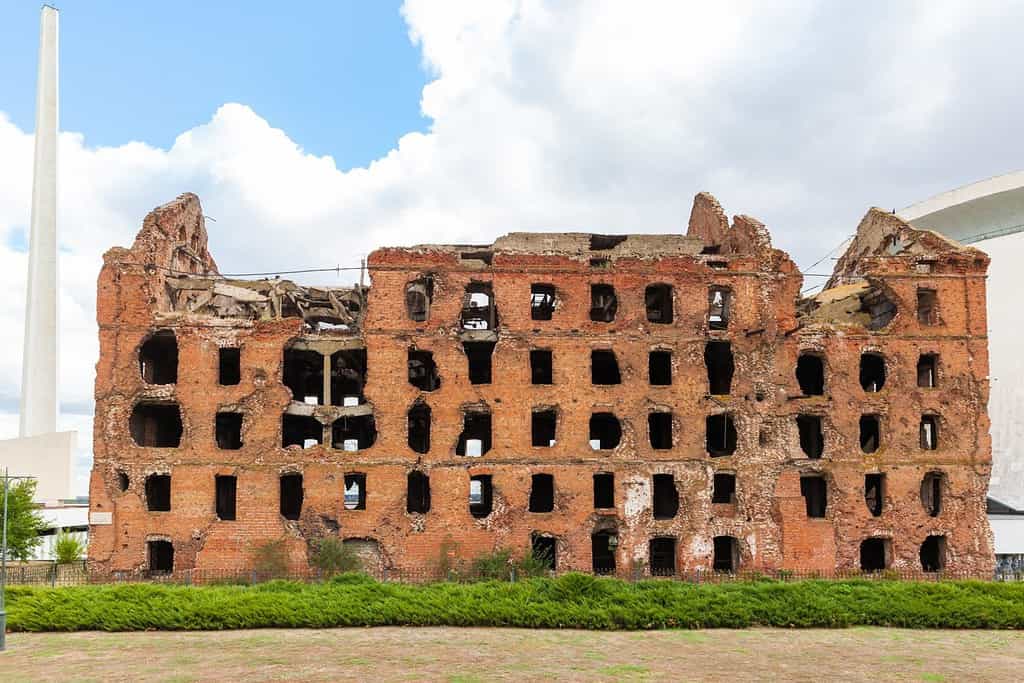
Russia’s sheer size helped save it from total destruction in the Napoleonic Wars and two World Wars.
©Mikhail Starodubov/Shutterstock.com
In the early 19th century, France made a bid to conquer Russia during the Napoleonic Wars. The French successfully occupied Moscow, but it was a hollow victory, as they did not have the supplies to survive the harsh winter. Germany devastated Russia twice in the first half of the 20th century. The conditions of World War I were so harsh, that Russia experienced a revolution that removed the tsar and brought a communist government to power. Reorganized as the Soviet Union, the Russians lost about 27 million people in World War II. At the end of the war, they took control of most of Eastern Europe, creating a protective buffer zone.
Russia Adopted an Internationalist Ideology

Under its Communist ideology, the Soviet Union promoted a worldwide revolution.
©Triff/Shutterstock.com
Communism is an ideology that dictates stages of development that end in a worker-controlled communist utopia. The Soviet Union motivated its people with these ideas, enduring tremendous hardships to develop the country into a nuclear-armed Cold War superpower. Moreover, they used their resources to promote communism in other parts of the world, such as China, North Korea, Vietnam, Angola, and Cuba. At one point or another, 24 different countries outside the Soviet Union had Communist governments.
Loss of an Empire
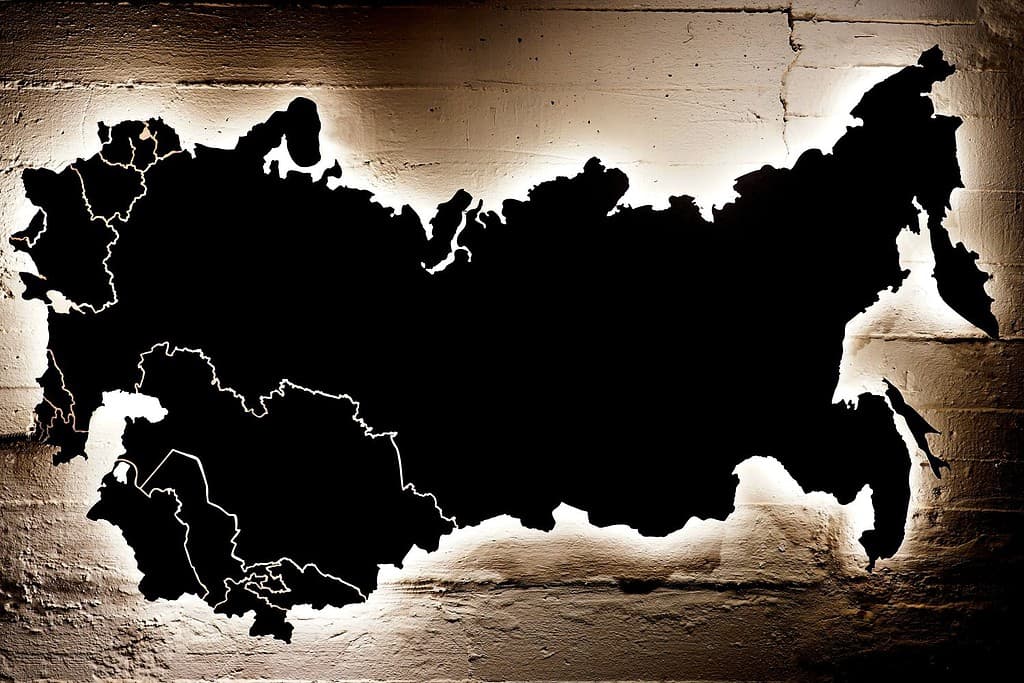
With the collapse of communism, the Soviet Union split into 15 countries.
©mbond77/Shutterstock.com
Mikhail Gorbachev led the Soviet Union from 1985-1991. The country was falling far behind the West by every measure, so he promoted a more open society and a more market-oriented economy. This ultimately resulted in the overthrow of Communism in Eastern Europe and the Soviet Union, the reunification of Germany, and the split of the Soviet Union into 15 separate countries, including the Russian Federation. Most of Russia’s European allies have since joined the NATO alliance to defend themselves against their former friend.
Will Russia Rise Again?
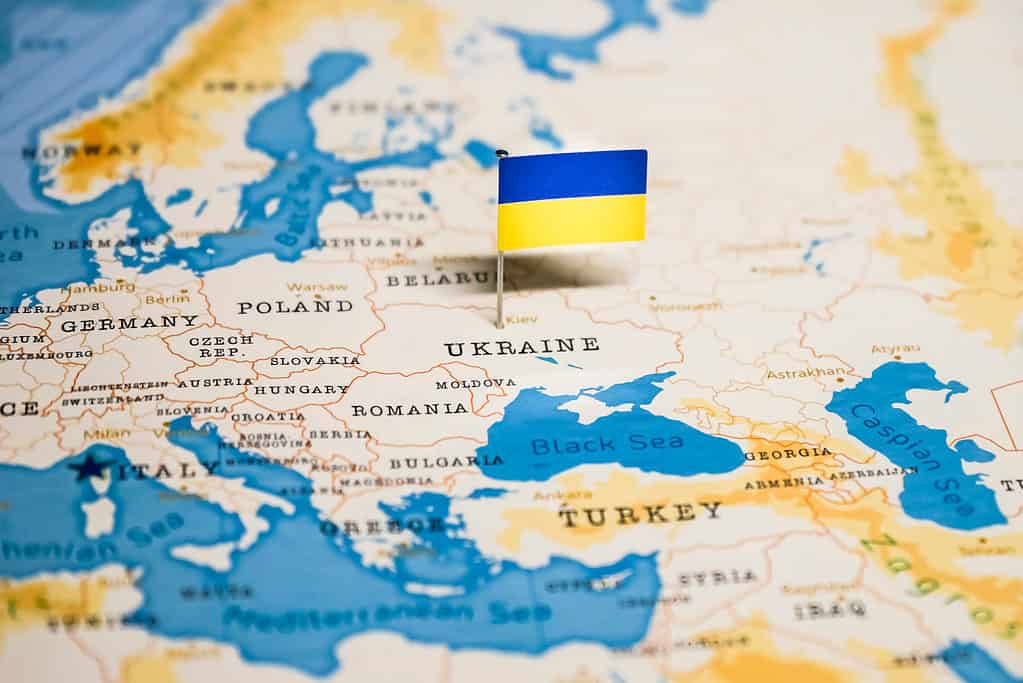
Russia is seeking to rebuild some of its former glory by taking over as much of Ukraine as possible.
©hyotographics/Shutterstock.com
Russia’s Best-Case Scenarios
It’s hard to predict what will happen with Russia in the future. The most likely countries for expansion are ones that were once part of the Soviet Union. Currently, Russian President Vladimir Putin is leading the country in an unprovoked war on Ukraine to try to bring it back under Russian control. If Western powers grow weary of supporting Ukraine, all or part of it could be annexed to Russia. They would likely move on to annex Moldova and perhaps Georgia and Armenia in the years to come. They might also make a move on the Baltic States or Poland, which are all NATO members.
Russia’s Worst-Case Scenarios
If the Western powers continue to support Ukraine financially and through superior weaponry, Ukraine could force Russia from all or most of the territory it has occupied. There is the possibility Russia would risk using nuclear weapons to retain some areas, like the coveted and strategic Crimean Peninsula. This would have a real possibility of escalating into a global nuclear exchange. Otherwise, a defeat could mean the breakup of Russia into several independent countries. As China continues to develop into a superpower, Russia could become a de facto dependency of China, providing it with raw materials in exchange for consumer goods, high technology, and military assistance.
The Irony of Russian Expansion
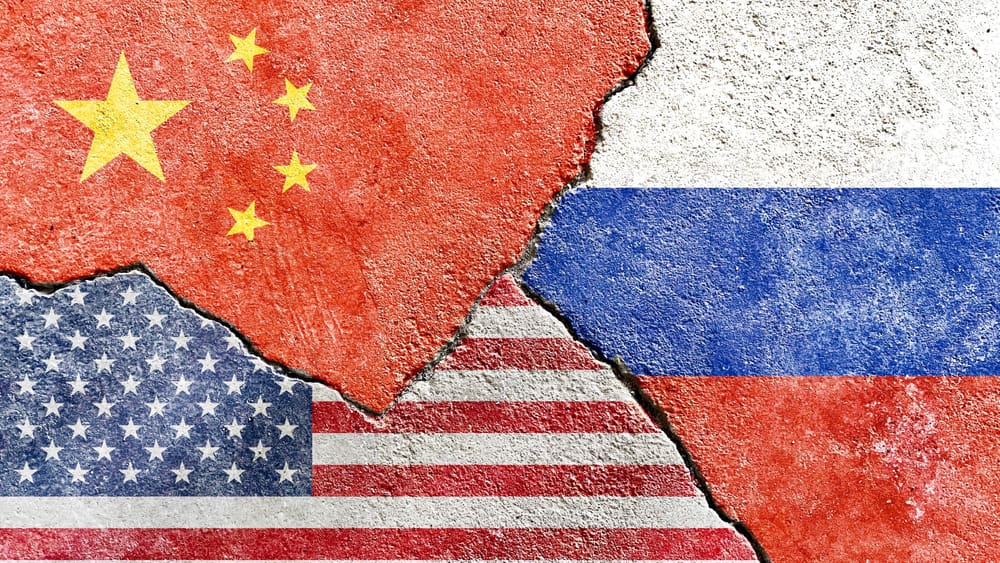
Russia’s future will depend on whether it chooses to align with China or the U.S. and NATO.
©helloRuby/Shutterstock.com
Ironically, the more a country expands to improve its security, the more enemies it makes and the less security it has. A smaller Russia may have avoided the quarrels with China and the United States that threaten them with possible nuclear annihilation today. Truthfully, Russia’s best path to security likely lies in staying aligned with the West. NATO vastly outclasses Russia militarily in virtually every category and controls about 55% of the world’s military power. These are countries you want on your side. Russia’s only alternative is a partnership with China, in which they are likely to become a junior partner. Russia’s future direction depends on whether its leadership heads toward free markets and democracy or continues down an authoritarian road.
The photo featured at the top of this post is © Artem Kontratiev/Shutterstock.com
Thank you for reading! Have some feedback for us? Contact the AZ Animals editorial team.






